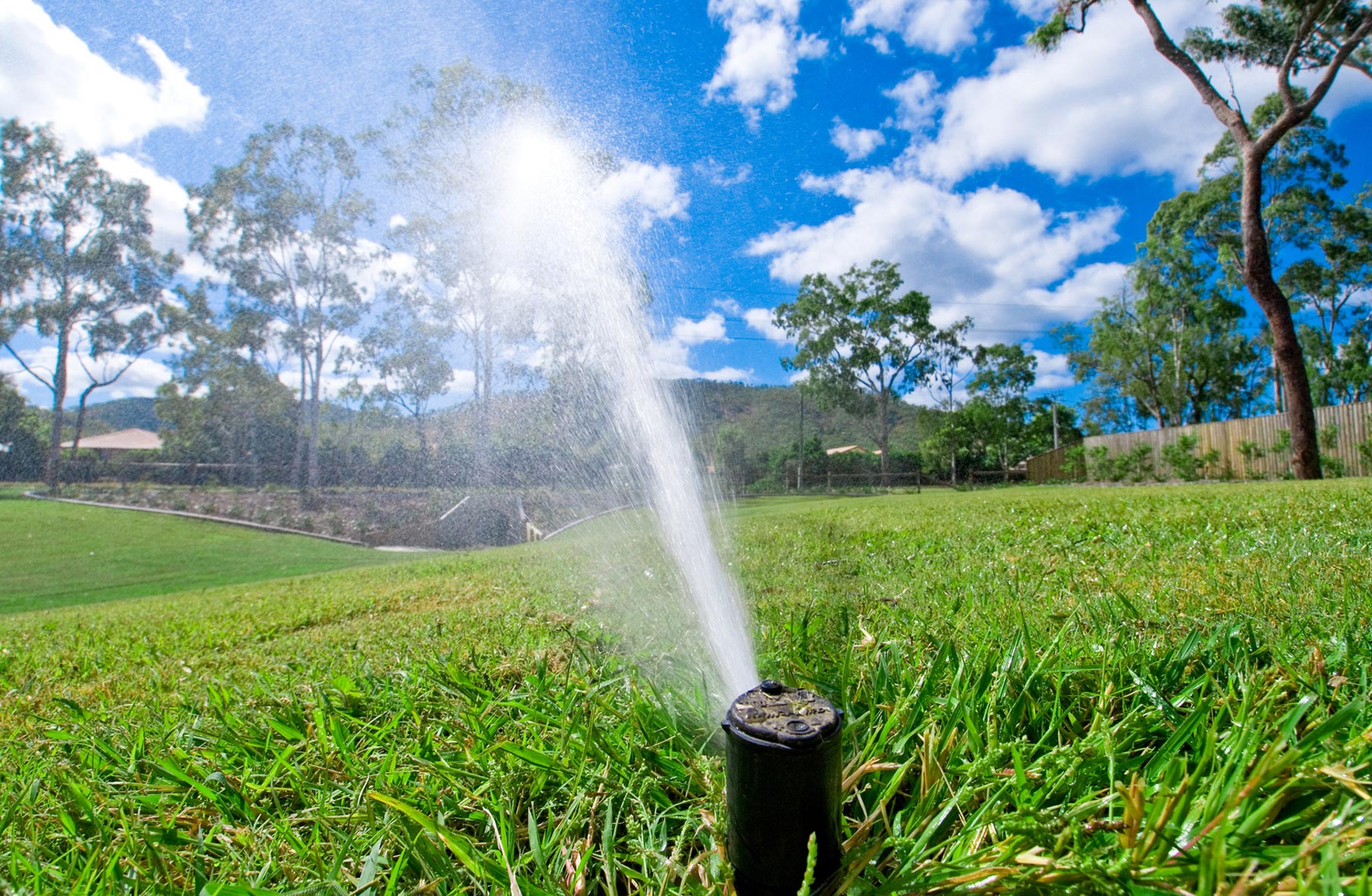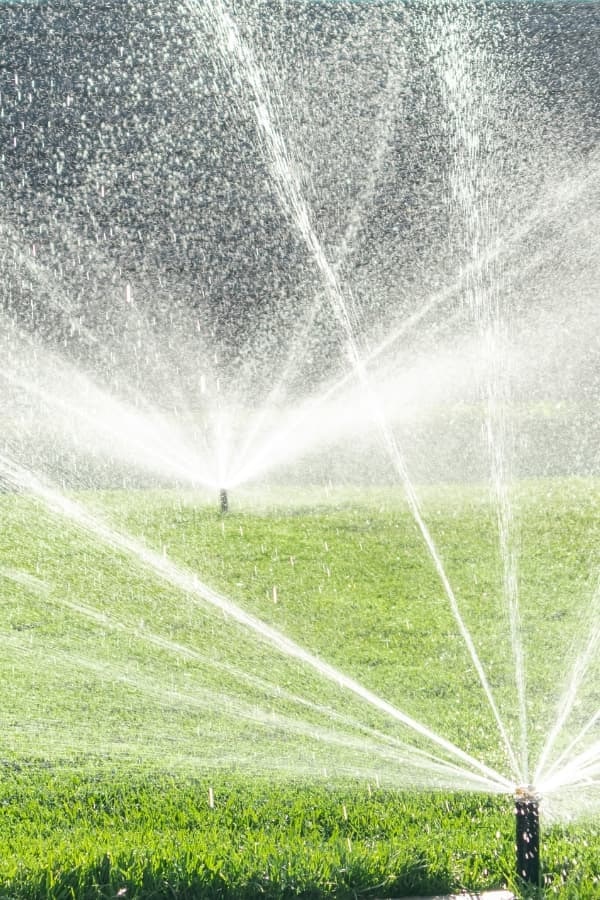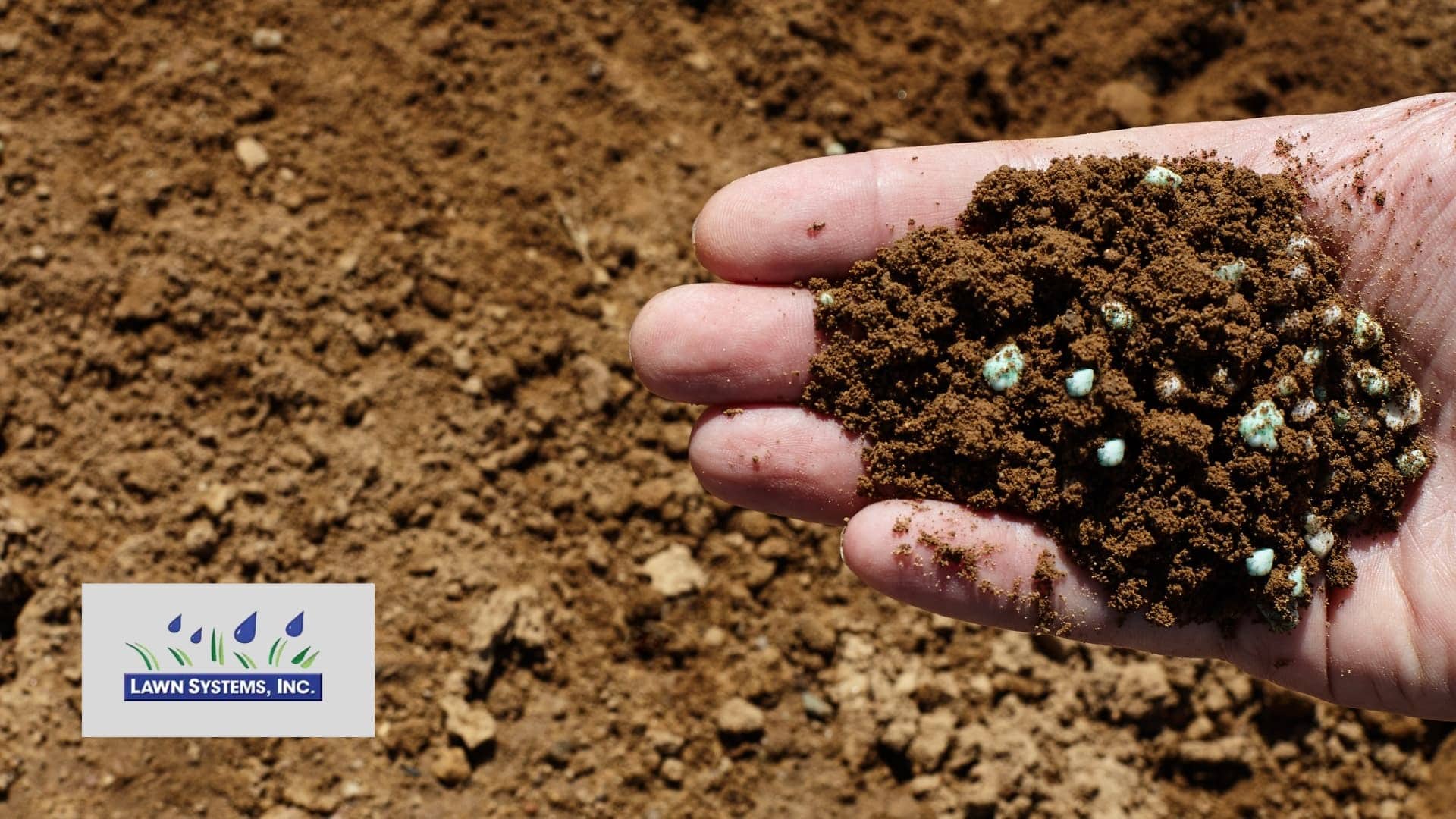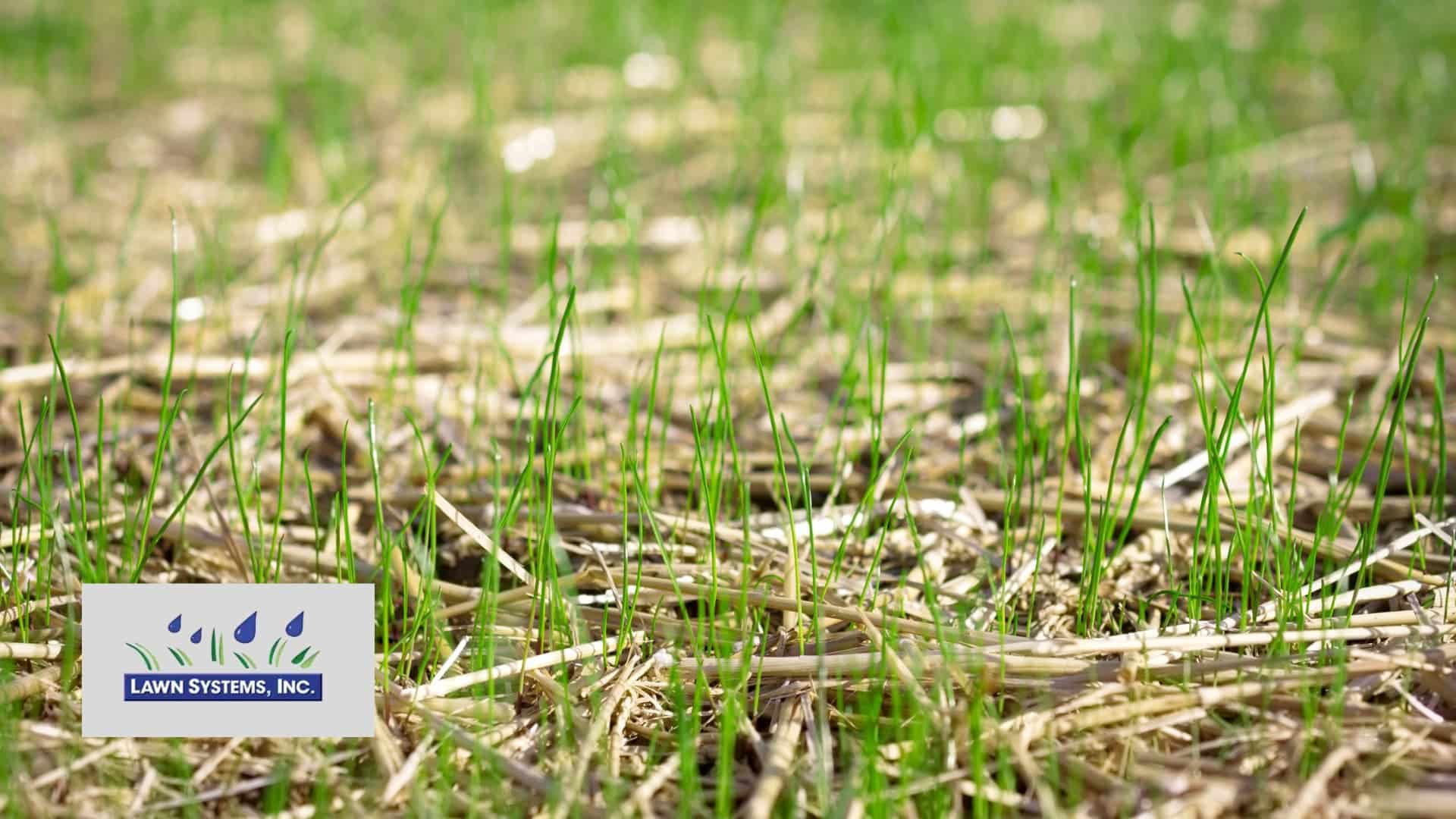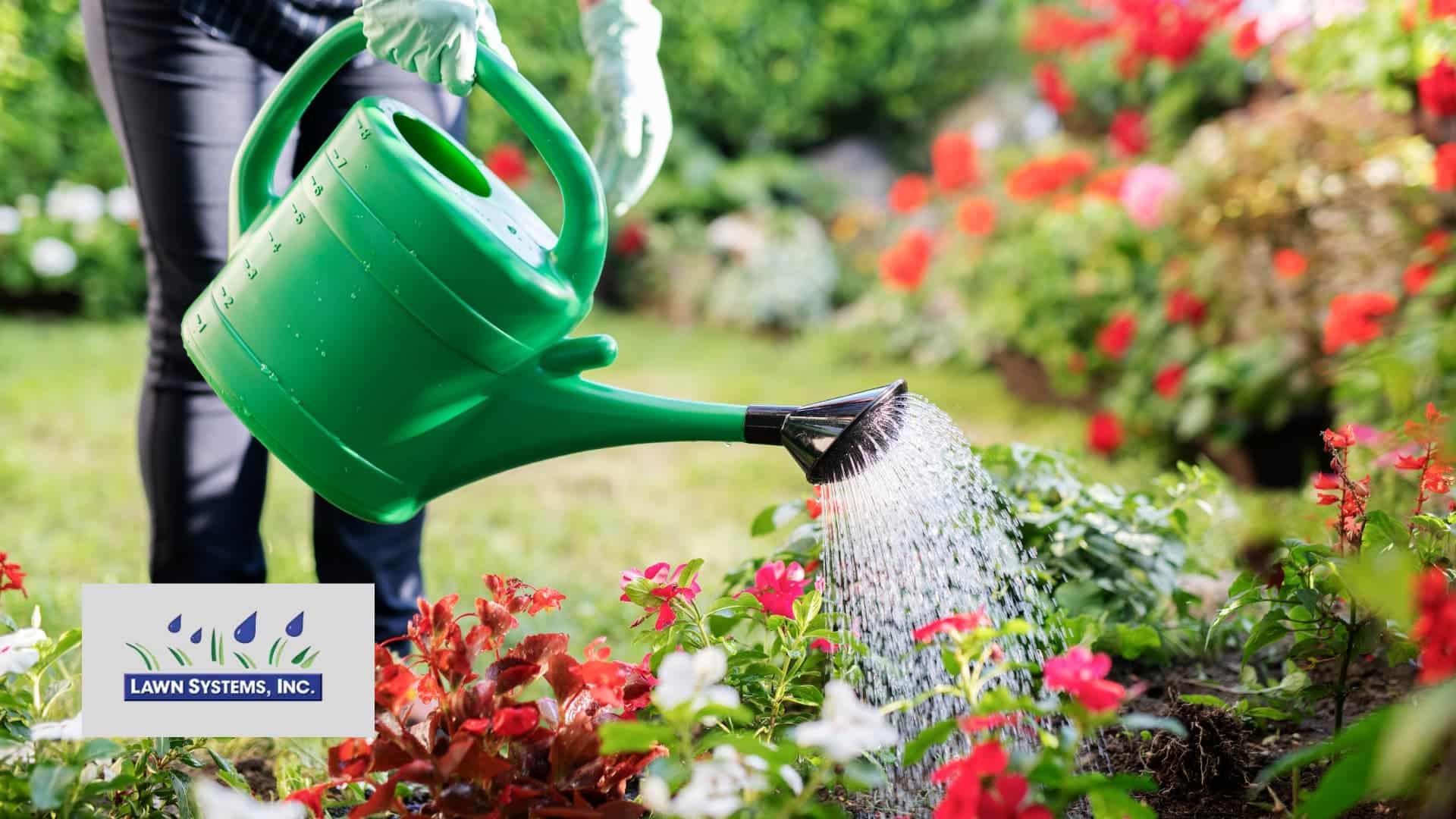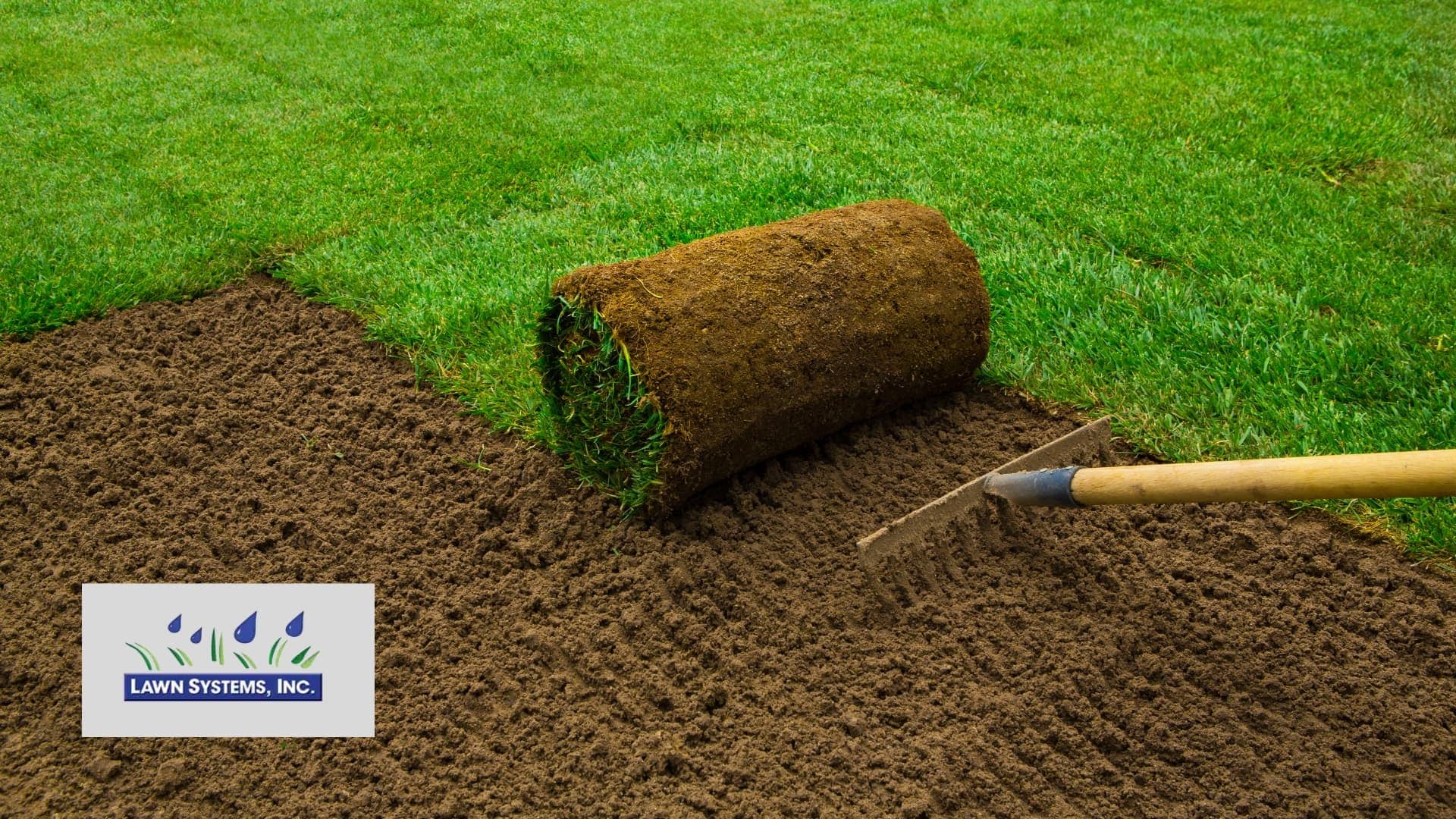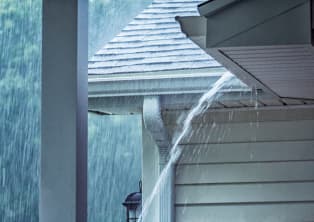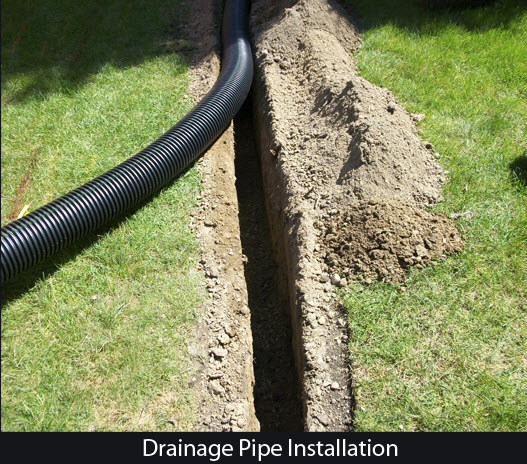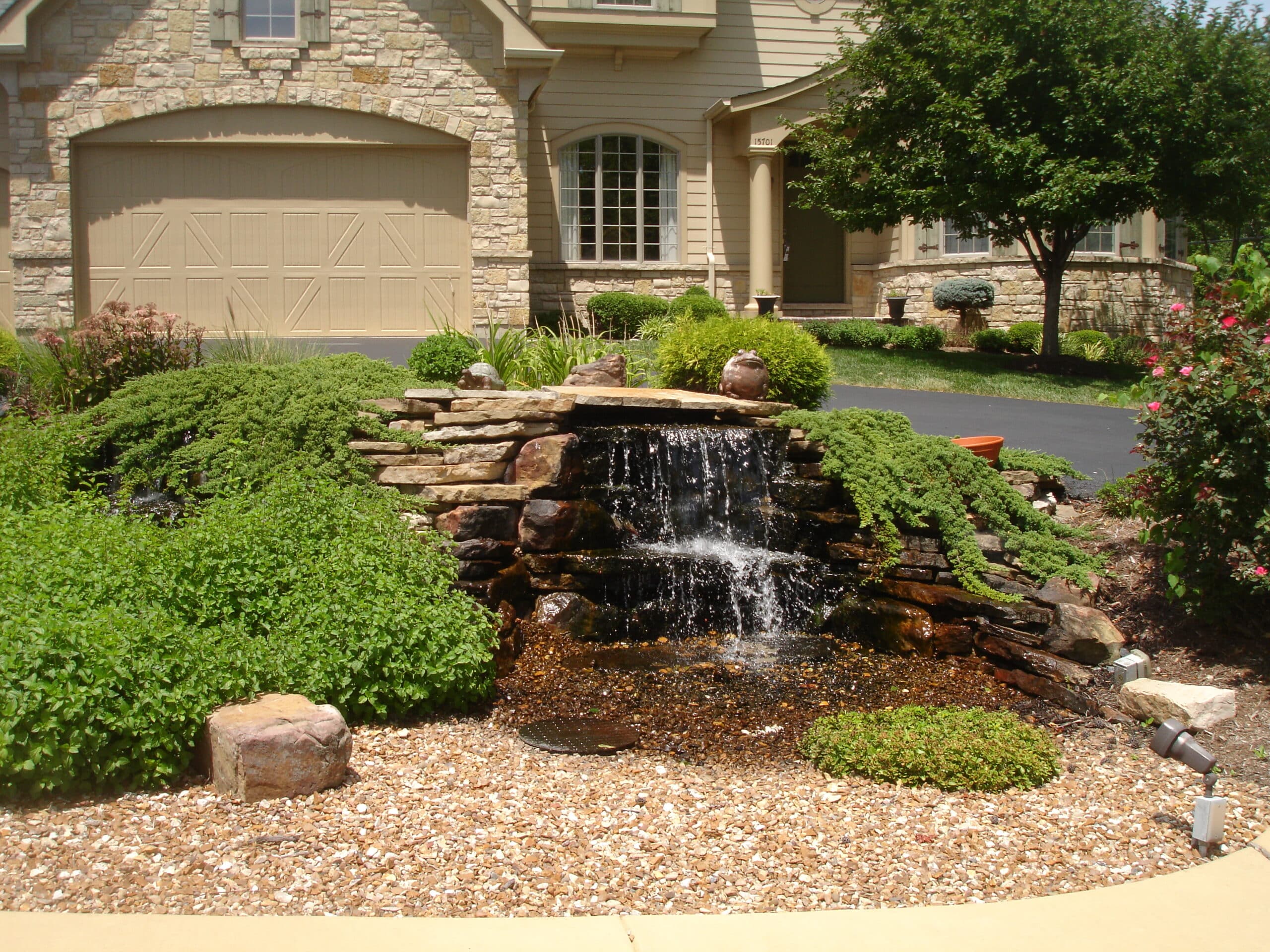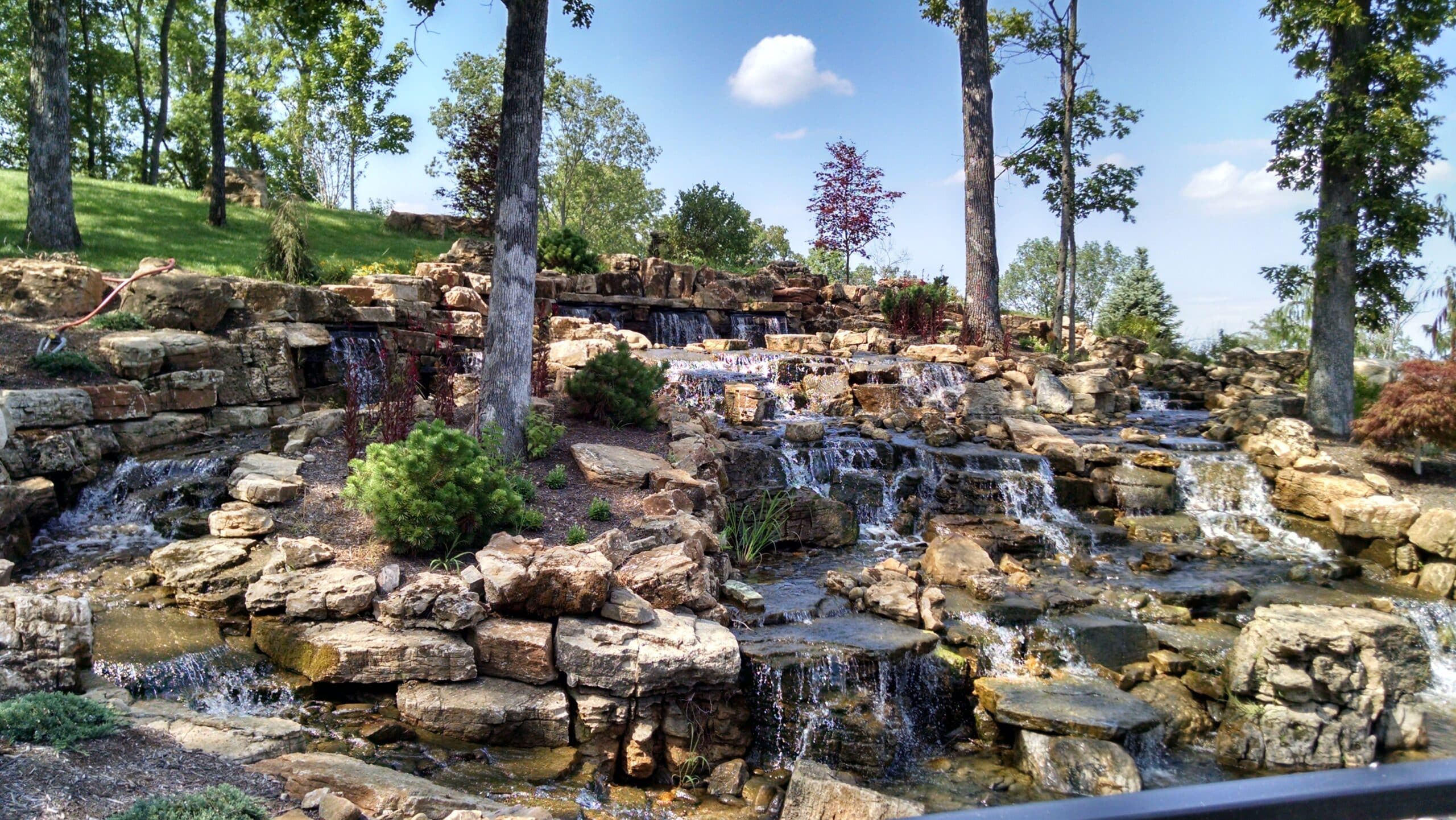In this article, we’ll delve into the inner workings of smart irrigation systems, exploring how they detect when to water your lawn and the numerous benefits they offer. By the end of this article, you’ll be convinced that upgrading to a smart irrigation system is the intelligent choice for your lawn, your wallet, and the environment.
How Smart Irrigation Systems Work
Here are the key components that make up a smart irrigation system:
1. Soil Moisture Sensors: These sensors are buried in the soil and measure the moisture levels, providing real-time data on the soil’s water content. This information helps the system determine when the soil is dry enough to require watering.
2. Weather Stations: Weather stations or internet-connected weather services provide real-time weather data, including temperature, humidity, wind speed, and precipitation. This data helps the system adjust watering schedules based on weather conditions.
3. Rain Sensors: Rain sensors detect rainfall and automatically adjust watering schedules to avoid overwatering.
4. Smart Controllers: The brain of the system, smart controllers process data from the sensors and weather stations to determine the optimal watering schedule.
How Smart Irrigation Systems Detect When to Water
Smart irrigation systems use a variety of methods to detect when your lawn needs water. Here are some of the ways they determine the perfect watering schedule:
1. Soil Moisture Levels: By monitoring soil moisture levels, the system can detect when the soil is dry enough to require watering. This ensures that your lawn receives the right amount of water, avoiding overwatering or underwatering.
2. Evapotranspiration (ET): ET is the process by which plants release water vapor into the air. Smart irrigation systems use ET data to calculate the amount of water lost through evaporation and transpiration, adjusting watering schedules accordingly.
3. Weather Forecasting: By analyzing weather forecasts, smart irrigation systems can anticipate changes in weather patterns and adjust watering schedules to ensure your lawn receives the right amount of water.
4. Historical Data: Smart irrigation systems can analyze historical data on your lawn’s watering needs, taking into account factors such as soil type, grass type, and climate.
Benefits of Smart Irrigation Systems
Upgrading to a smart irrigation system offers numerous benefits, including:
1. Water Conservation: Smart irrigation systems can reduce water consumption by up to 50%, making them an environmentally friendly choice.
2. Cost Savings: By optimizing watering schedules, smart irrigation systems can help you save money on your water bill.
3. Lawn Health: Smart irrigation systems ensure your lawn receives the right amount of water, reducing the risk of overwatering or underwatering, which can lead to disease, pests, and weed growth.
4. Increased Efficiency: Smart irrigation systems automate watering schedules, freeing up your time for more important tasks.
5. Customization: Smart irrigation systems can be customized to meet the specific needs of your lawn, taking into account factors such as soil type, grass type, and climate.
Smart irrigation systems are the intelligent way to water your lawn, offering a range of benefits that make them a worthwhile investment. By detecting when your lawn needs water and optimizing watering schedules, smart irrigation systems ensure your lawn receives the right amount of water, reducing waste and conserving this precious resource.
If you’re tired of wasting water and money on inefficient irrigation systems, it’s time to upgrade to a smart irrigation system. With their advanced technology and ability to detect when your lawn needs water, smart irrigation systems are the perfect solution for homeowners who want to maintain a healthy, thriving lawn while doing their part for the environment. Contact Lawn Systems today to schedule a consultation and learn more about the benefits of upgrading to a modern irrigation system. Make the intelligent choice for your lawn – invest in a smart irrigation system today!
At Lawn Systems, Inc., we can design a modern landscaping that meets your design aesthetic and the scale of your lawn, call us today!
Remember to look to our professional line of services to keep your home and business lawn and landscaping looking great and with our help – maintenance free! Our services include: Sprinkler Systems, Landscaping, Lighting, Water Drainage Solutions, Outdoor Living Concepts, Water Features, Fertilization – Take a look at our gallery and read more about lawn services on our blog!
We serve the St. Louis community and the surrounding cities: Ballwin, Clayton, Fenton, Chesterfield, Ladue, Kirkwood, St. Charles, Lake St. Louis, Webster Groves and our surrounding area, call us today!



